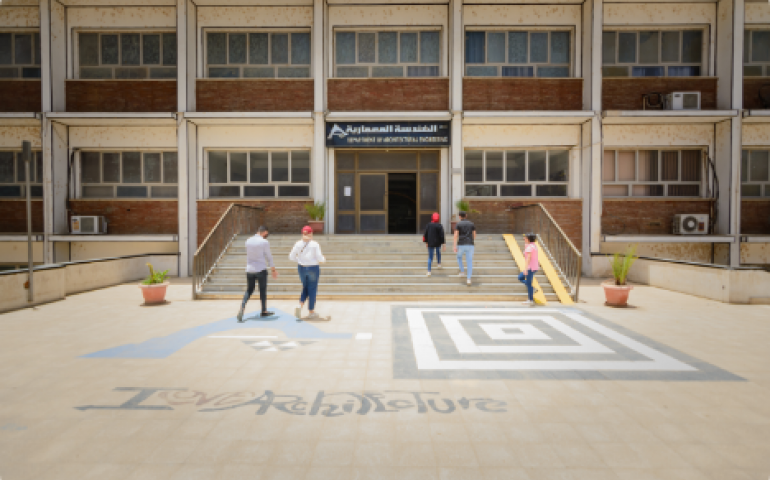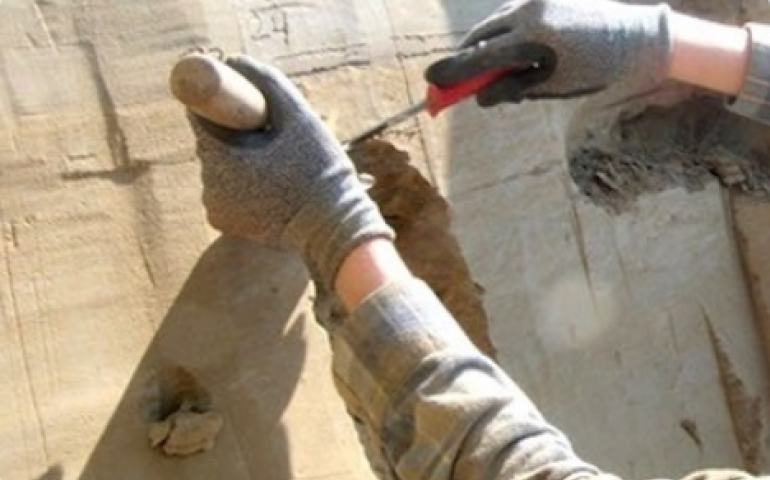Modeling green recycled aggregate concrete using machine learning and variance-based sensitivity analysis
Recycled aggregate concrete (RAC) is commonly used to lessen the environmental effect of concrete building and demolition waste. The compressive strength of the RAC is one of the most critical factors influencing concrete quality. The compressive strength is assessed by a compression test, which takes a large number of materials and is expensive and time-consuming. With the development of novel concrete mixes and applications, academics are obliged to seek accurate models for forecasting mechanical strength. A significant source of difficulty in compressive strength modeling is that there are many mixture components and testing conditions whose variation significantly influences the predicted values. To this end, this study explores the mixture design of sustainable concrete in order to generate eco-friendly concrete mixes. Tests are conducted on 18 different mixtures comprising different proportions of waste tires, plastic, cement, and red brick to experiment with new green RAC mixtures. For the modeling part, the deep residual neural networks (DRNNs) method is first presented to the problem, aided by a database from the literature for a pretraining task. The proposed DRNNs structure uses shortcuts (i.e., residual connections) that bypass some layers in the deep network structure to alleviate the problem of training with high accuracy. The performance of the proposed DRNNs is evaluated using different goodness of fit measures and compared with well-known machine learning tools. The findings showed that the suggested model could provide credible predictions about the desired mechanical parameter, saving the required lab efforts by 40 %. Finally, a variance-based global sensitivity analysis is performed with the Latin hypercube simulation method to help rank/prioritize each mixture component's impact on determining the compressive strength in practice while mitigating the potential misrepresentation of results due to the correlations between the input parameters. The analysis showed that cement and waste contents are the most significant ones in their first and total order effects.




